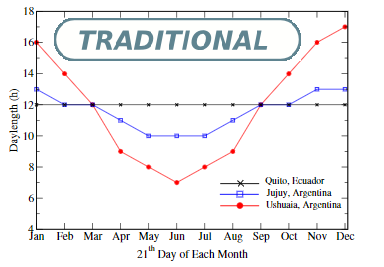What season suits you best? Seasonal light changes and cyanobacterial competition
DOI:
https://doi.org/10.4279/pip.070005Keywords:
Cyanobacteria, Circadian rhythmAbstract
Nearly all living organisms, including some bacterial species, exhibit biological processes with a period of about 24 h called circadian (from the Latin circa, about and dies, day) rhythms. These rhythms allow living organisms to anticipate the daily alternation of light and darkness. Experiments carried out in cyanobacteria have shown the adaptive value of circadian clocks. In theseexperiments, a wild type cyanobacterial strain (with a 24 h circadian rhythm) and a mutantstrain (with a longer or shorter period) grow in competition. In different experiments, the external light dark cycle was chosen to match the circadian period of the different strains, revealing that the strain whose circadian period matches the light-dark cycle has a larger fitness. As a consequence, the initial population of one strain grows while the other decays. These experiments were made under fixed light and dark intervals. In Nature, however, this relationship changes according to the season. Therefore, seasonalchanges in light could affect the results of the competition. Using a theoretical model, we analyze how modulation of light can change the survival of the different cyanobacterial strains. Our results show that there is a clear shift in the competition due to the modulation of light, which could be verified experimentally.
Received: 20 Novembre 2014, Accepted: 29 March 2015; Edited by: C. A. Condat, G. J. Sibona; DOI: http://dx.doi.org/10.4279/PIP.070005
Cite as: G Cascallares, P M Gleiser, Papers in Physics 7, 070005 (2015)
This paper, by G. Cascallares, P. M. Gleiser, is licensed under the Creative Commons Attribution License 3.0.

Downloads
Published
How to Cite
Issue
Section
License
Copyright (c) 2015 G. Cascallares, Pablo Gleiser

This work is licensed under a Creative Commons Attribution 4.0 International License.
Authors agree to the PIP Copyleft Notice













